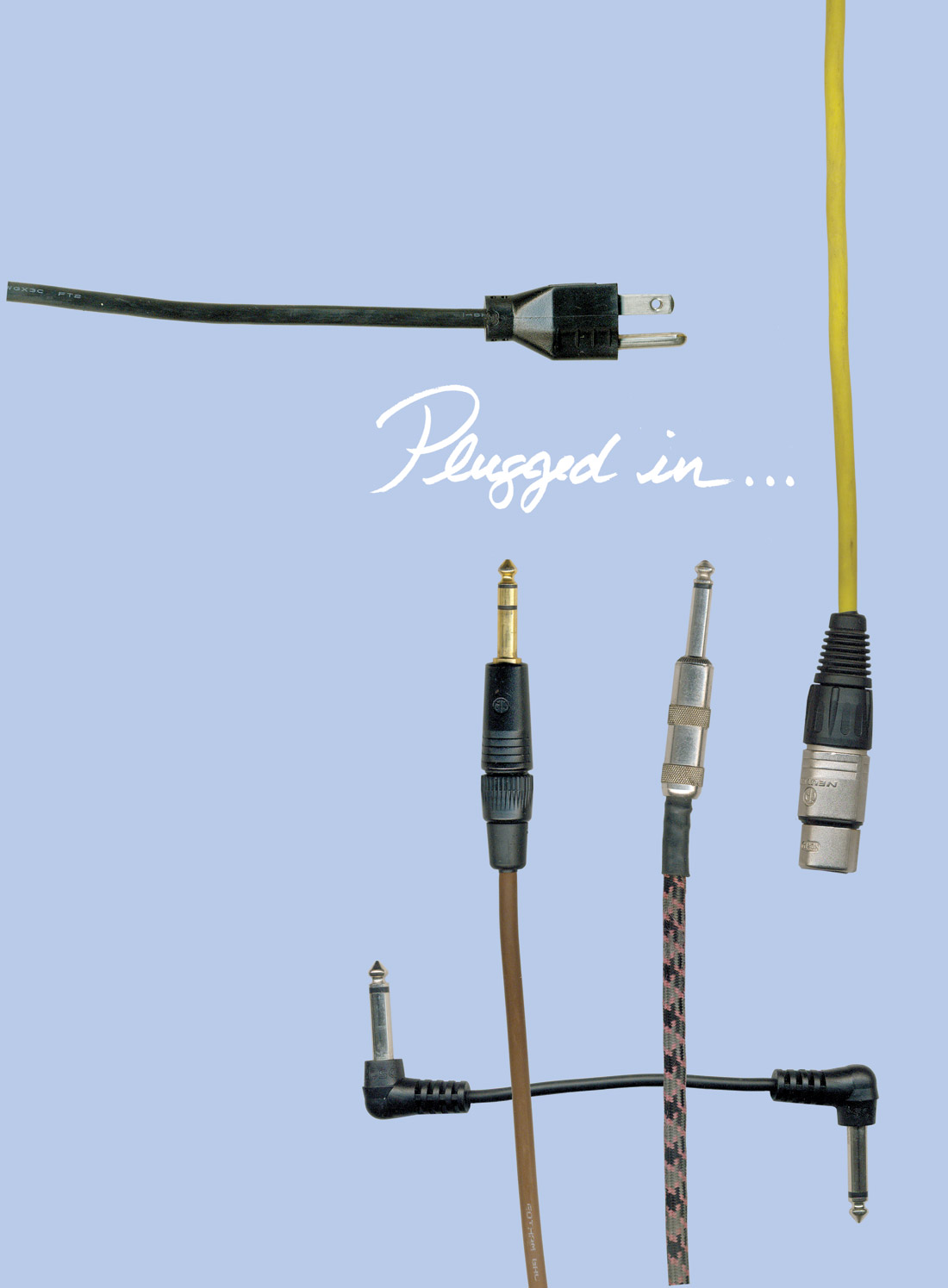ck when they were first introduced, I was skeptical of the Primacoustic Recoil Stabilizers monitor pads (Tape Op #62) that have since become something of an industry standard. Having little or no patience for what I then perceived as trendy gimmicks, it took the kindness of a fellow engineer ("Dude, just shut your stupid facehole and listen to the difference!") to convince me that my monitors would sound better with these unique speaker mounts under them.
Now Primacoustic offers an affordable range of isolation contraptions - utilizing various combinations of high-density foam, ABS plastic, glass wool, MDF, and laser-cut steel - gathered under the marketing umbrella of IsoTools. They sent us a sample of their IsoTools, including: KickStand, a decoupling base for use with mic booms; CrashGuard, a cymbal-spill reduction shield for mics; and TriPad, isolation feet for tripod stands. All of these products seem well-built and durable, and blah blah blah - do these gizmos really make a difference?!?!? Do I need them? Well, turns out, I do.
The first tests we did were in a drum session at my studio. I used the KickStand with the front, outer kick mic (Shure Beta 52). The KickStand looks like a Recoil Stabilizer, except that the 3/8'' steel platform folds upwards and back over itself, with a total rise of 4''. The footprint is just over 7'' x 9'', and it's got some heft; but it isn't unwieldy. On top and in the center is a threaded adapter (standard 5/8'' UNS to 3/8'' Euro) to which you screw in a boom arm (or just a mic clip). I had no trouble attaching an arm and positioning the mic; it was just as simple and articulate as it would be with a "traditional" bass drum boom. Similar to how a Recoil Stabilizer isolates the speaker from the surface upon which it's placed - while still maintaining a stable platform - the KickStand isolates the mic from floor vibration, while its heavy steel platform gives mass to the system to prevent energy from the floor, air blasts from the drum, or pressure from the sound waves from moving the mic and smearing its transcription. In recording, I found the kick to be much more focused in the low mids when using the KickStand compared to a standard weighted base or short tripod. I really noticed a difference immediately, and that not-so-subtle difference translated all the way through to mixing with the rest of the mic sources active. I wasn't making the radical scoops in the 400 Hz range which I might have made under normal circumstances. I enjoyed the KickStand on bass and guitar cabs as well; to my ears there was a clear benefit and coherence in the low end for these sound sources as well.
The CrashGuard is a cool refinement of a trick I've seen million-dollar engineers approximate with cardboard and duct tape - the hi-hat attenuator! The size of the standard CrashGuard is perfect for an SM57 or similar-sized mic. It's shaped like an ice scoop, with an outer layer of textured ABS plastic and an inner layer of foam. You clamp it between the mic stand and the mic clip, and there's a slot through which the mic and cable can extend out of the back. The bigger CrashGuard 421 (which we didn't have for review) is more appropriate for a Sennheiser MD 421 or 441-sized mic, and it even has two mounting positions so it works with the 421's unique mic clip at straight or right angles. Both CrashGuard designs allow you to tweak the angle of the mic underneath the "scoop." I found the CrashGuard to be helpful in managing cymbal bleed, but honestly, if the drummer is the type who plays like a deaf caveman on meth, there just isn't much you can do to reduce cymbal leakage, other than creative gating. But I did like these on top-mic'ed snare and would use them again.
The TriPad is a set of three foam pucks with cut-outs so you can slip them onto the feet of most any tripod-style stand. This is the simplest design of the three IsoTools we tested, but it was certainly no less effective in helping to reduce rumble and ugly floor-borne resonance. Got a singer who can't stop tapping their foot or a bass amp that's vibrating the nails out of your floor? Here's your solution.
For me, hearing the difference the IsoTools made in my day-to-day recording was a bit of an "Oh shit!" moment. I don't really have an isolated staging area for amps, etc., so in any given room, different instruments are sharing the same floating floors. Although I spent a considerable amount of time (and spousal credibility) on the acoustic design of my studio, I'm always discovering irksome design flaws. Hence my joy in finding tools like these. They're like plastic surgery for flawed rooms or compromised setups. Even under ideal circumstances, I think they are solidly useful. My skepticism has been eliminated along with my standing waves - wait, that sounded kind of gross. (KickStand $75 street, CrashGuard $35, TriPad $20;)
Acoustics | No. 92
Acoustic Ramp diffuser
by Andy Hong
The modestly-sized control room of my personal studio is acoustically treated with a Primacoustic Primakit [Tape Op #36], twelve wood-panel RealTraps [#36], nine broadband RealTraps Mini/MondoTraps...




_disp_horizontal_bw.jpg)